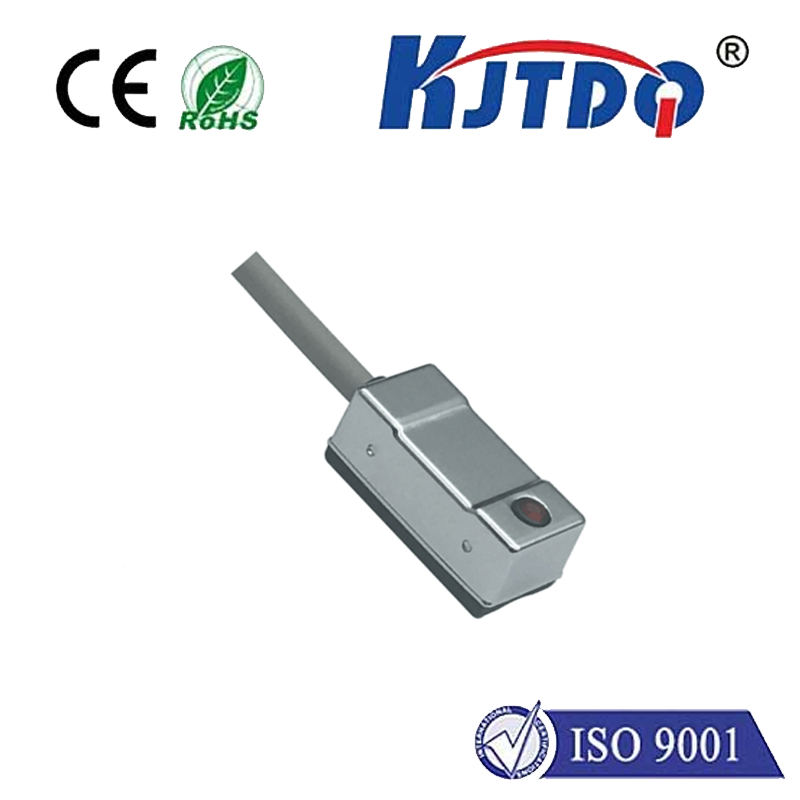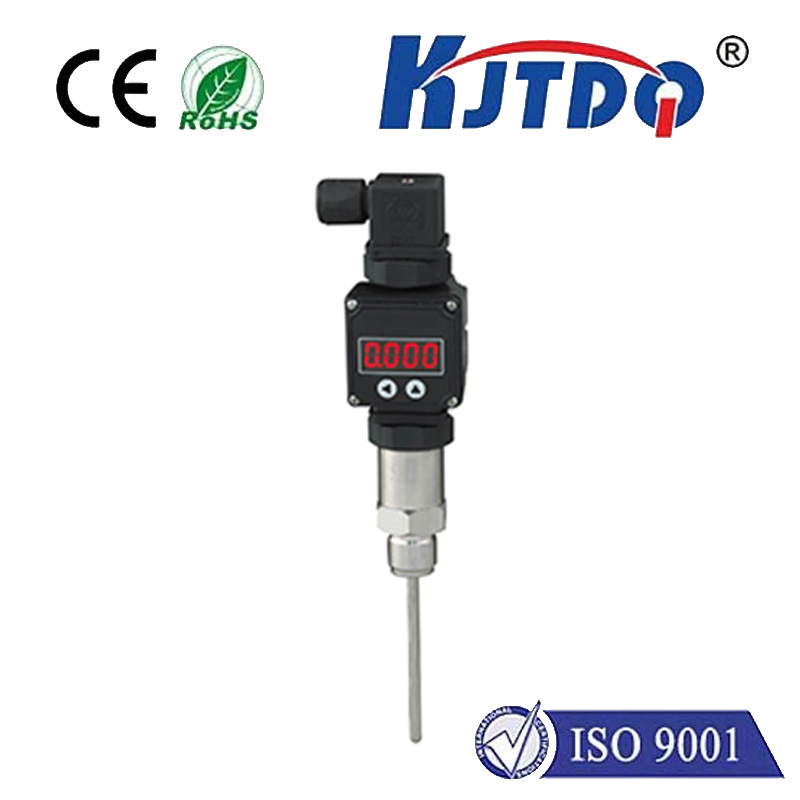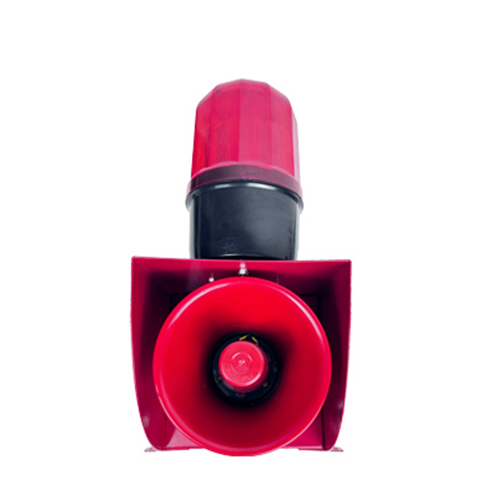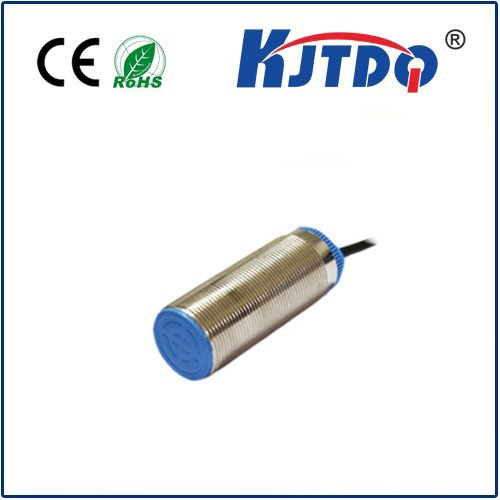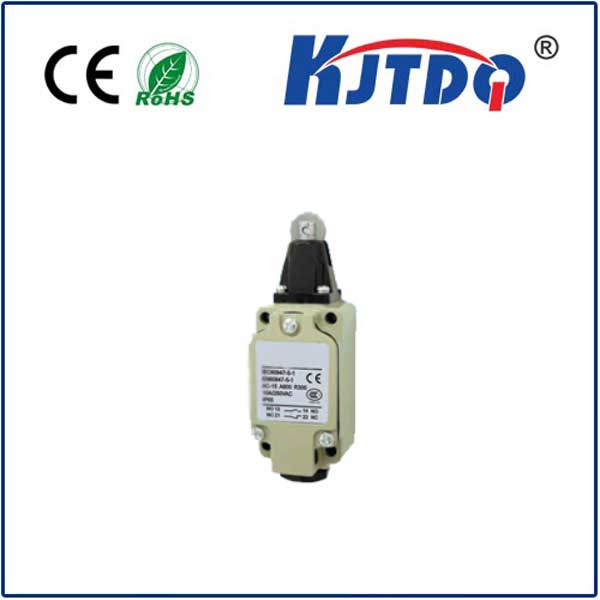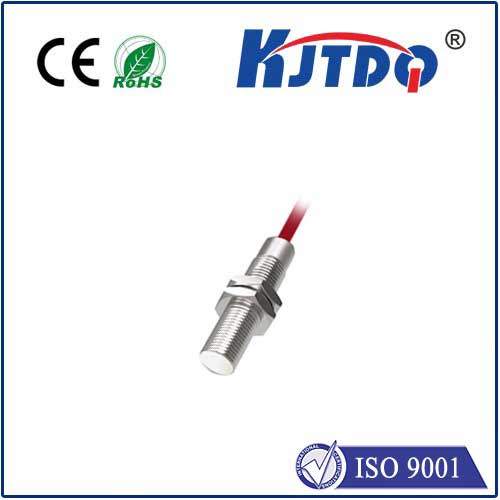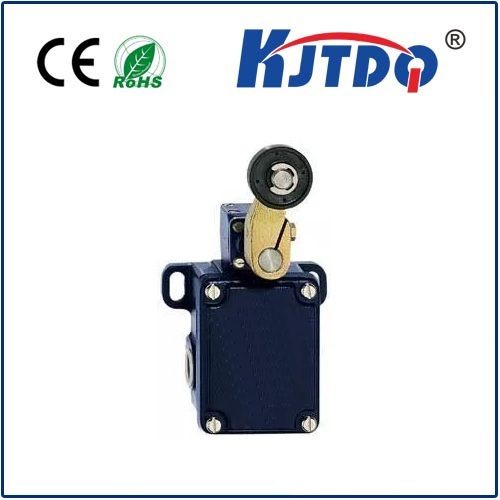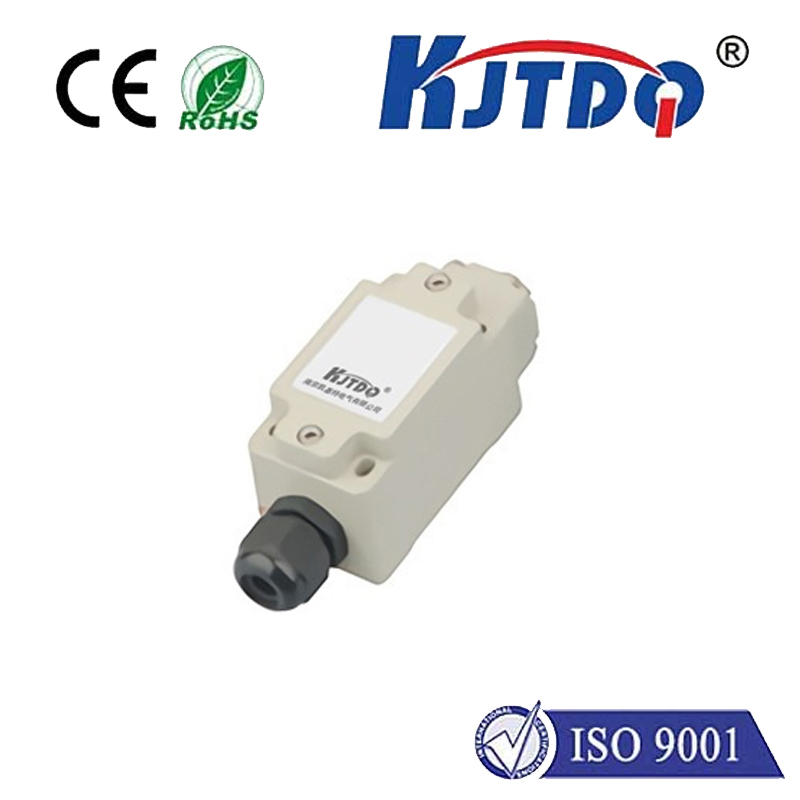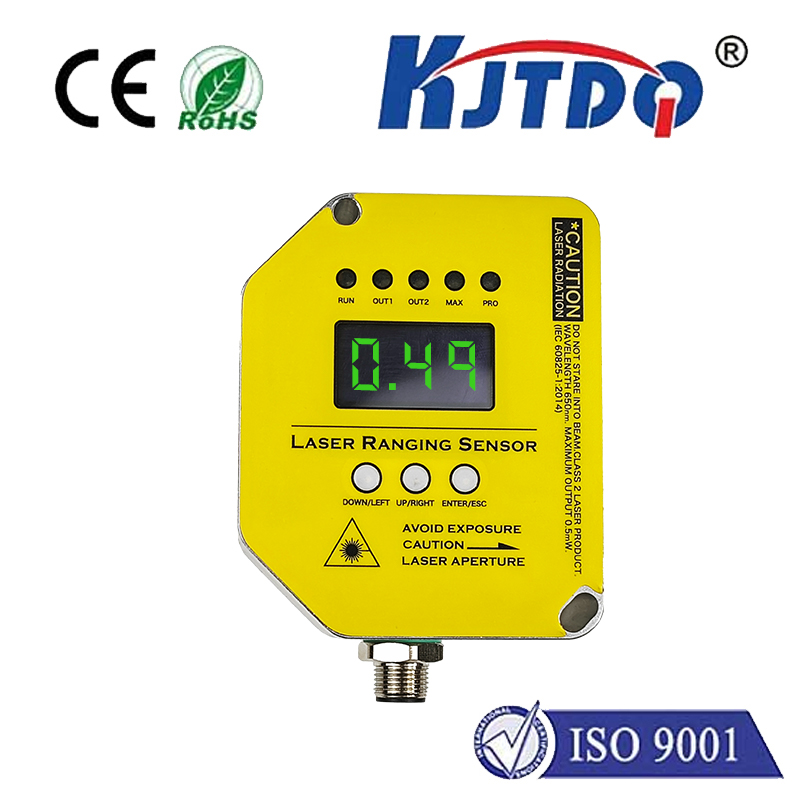

check

check

check

check
S-BES M H Inductive Sensor: Enhancing Industrial Automation with Smart Sensing
In today’s rapidly evolving industrial landscape, the integration of smart technologies is becoming essential for efficiency, precision, and innovation. Among the various sensor technologies, the S-BES M H inductive sensor stands out as a key component in modern automation systems. Designed for high-performance applications, this sensor combines the reliability of inductive sensing with the smart capabilities of the S-BES M H platform. Its unique design and advanced features make it a preferred choice for industries seeking to optimize their operations and reduce maintenance costs.
The S-BES M H inductive sensor operates based on the principle of electromagnetic induction. It uses a coil to detect changes in magnetic fields, which are then converted into electrical signals for processing. This method is highly effective in environments where traditional sensors may struggle, such as in the presence of electromagnetic interference or in harsh conditions. The sensor’s ability to accurately detect and respond to changes in magnetic fields ensures high precision and reliability, making it suitable for a wide range of industrial applications.

One of the most significant advantages of the S-BES M H inductive sensor is its versatility. It can be used in various settings, including manufacturing, logistics, and energy systems. In manufacturing, it is often employed to monitor the position and movement of components, ensuring that machines operate with optimal efficiency. In logistics, the sensor helps in tracking the movement of goods and vehicles, improving inventory management and reducing operational delays. For energy systems, the sensor plays a crucial role in monitoring power flow and detecting anomalies, contributing to energy conservation and system safety.
Another key feature of the S-BES M H inductive sensor is its integration with the S-BES M H platform. This platform provides a comprehensive solution for data acquisition and processing, allowing for real-time monitoring and control. The integration of the sensor with the platform enables seamless data flow, which is essential for smart factories and Industry 4.0 initiatives. By connecting the sensor to a central system, operators can gain real-time insights into the performance of machinery and processes, enabling timely interventions and proactive maintenance.
The S-BES M H inductive sensor is also known for its low power consumption and long operational life. Unlike traditional sensors that may require frequent replacement or calibration, this sensor is designed for durability and longevity. This not only reduces the total cost of ownership but also minimizes downtime, which is critical in industrial environments where production continuity is paramount.
In addition to its technical advantages, the S-BES M H inductive sensor offers significant benefits in terms of data accuracy and system integration. The sensor’s ability to provide precise measurements ensures that industrial processes are monitored with high fidelity, reducing the risk of errors and improving overall product quality. The integration with the S-BES M H platform further enhances the sensor’s functionality, allowing for advanced analytics and predictive maintenance.
As industries continue to push the boundaries of automation and digital transformation, the S-BES M H inductive sensor remains a vital component in achieving these goals. Its combination of robust performance, integration capabilities, and smart features makes it an ideal solution for modern industrial applications. By adopting this sensor, companies can enhance their operational efficiency, reduce costs, and stay competitive in an increasingly technology-driven market.
In conclusion, the S-BES M H inductive sensor is a powerful tool for modern industrial automation. Its advanced design, integration with the S-BES M H platform, and ability to operate in challenging environments make it a preferred choice for industries looking to improve performance and reliability. As technology continues to evolve, the role of such sensors will only become more important, driving innovation and efficiency in the manufacturing and automation sectors.
